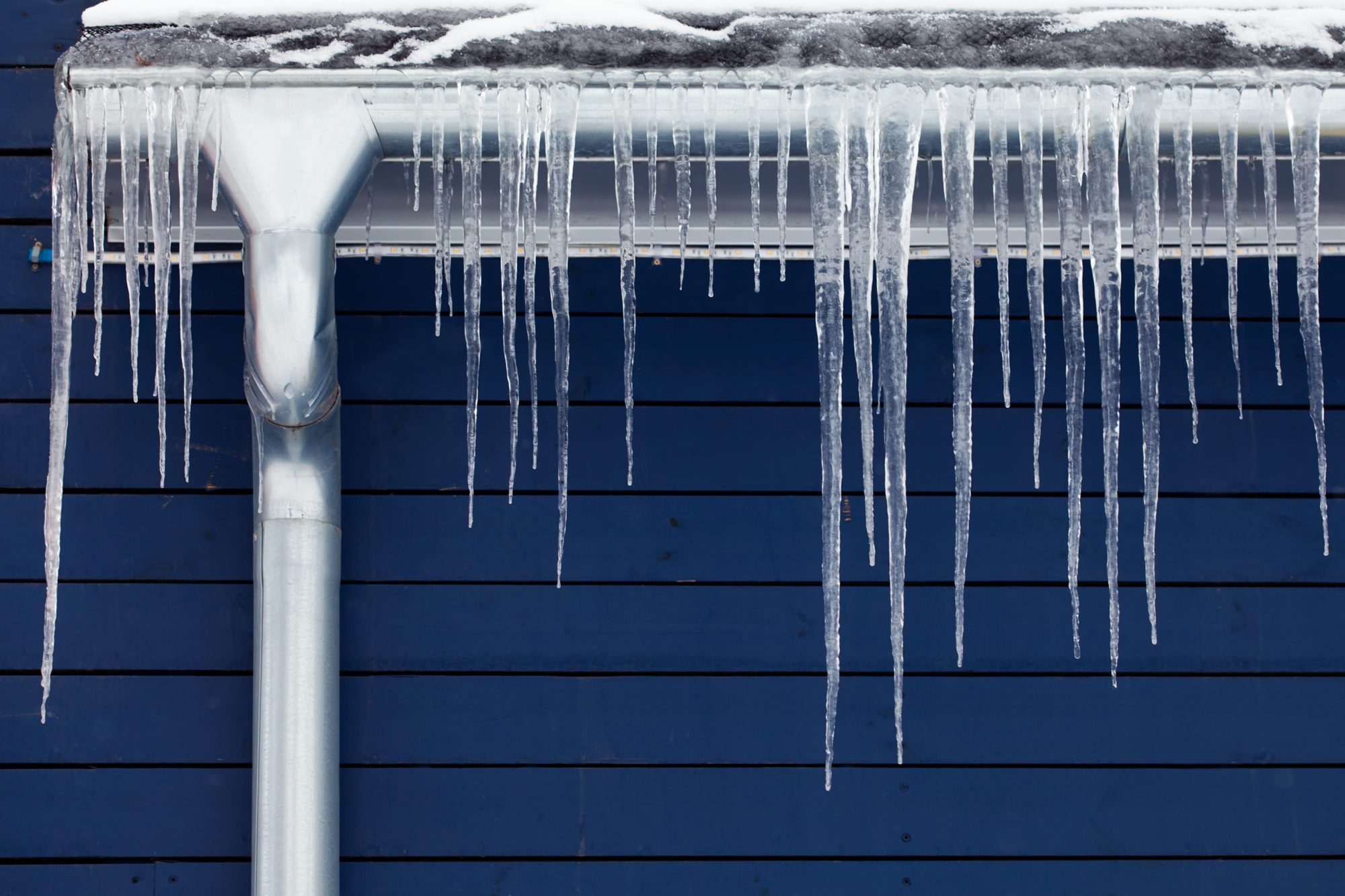Avoid Frozen Pipes in Winter: Professional Advice
Avoid Frozen Pipes in Winter: Professional Advice
Blog Article
Everybody may have his or her own opinion about Prevent Frozen Pipes .

Winter can damage your plumbing, specifically by freezing pipelines. Below's how to avoid it from taking place and what to do if it does.
Introduction
As temperatures decrease, the threat of icy pipelines increases, potentially resulting in pricey fixings and water damages. Recognizing just how to stop frozen pipes is critical for property owners in chilly climates.
Understanding Frozen Pipelines
What creates pipelines to freeze?
Pipelines ice up when revealed to temperature levels listed below 32 ° F (0 ° C) for expanded periods. As water inside the pipes freezes, it expands, taxing the pipe wall surfaces and possibly triggering them to break.
Dangers and damages
Frozen pipelines can lead to water disturbances, residential property damages, and pricey repair work. Ruptured pipes can flood homes and create comprehensive architectural damages.
Indicators of Frozen Piping
Identifying icy pipes early can stop them from rupturing.
Exactly how to determine frozen pipelines
Look for lowered water circulation from faucets, uncommon odors or noises from pipelines, and noticeable frost on subjected pipelines.
Prevention Tips
Insulating susceptible pipes
Wrap pipes in insulation sleeves or use warmth tape to shield them from freezing temperatures. Concentrate on pipelines in unheated or exterior areas of the home.
Home heating techniques
Keep indoor areas appropriately warmed, especially locations with pipes. Open cupboard doors to permit warm air to flow around pipelines under sinks.
Securing Outside Pipes
Garden hose pipes and outdoor taps
Disconnect and drain yard tubes before winter months. Install frost-proof spigots or cover outside faucets with protected caps.
What to Do If Your Pipes Freeze
Immediate actions to take
If you think frozen pipes, keep faucets open to eliminate stress as the ice melts. Use a hairdryer or towels soaked in warm water to thaw pipes gradually.
Long-Term Solutions
Structural changes
Think about rerouting pipes far from outside walls or unheated areas. Include additional insulation to attic rooms, cellars, and crawl spaces.
Upgrading insulation
Buy high-quality insulation for pipes, attics, and walls. Proper insulation aids keep consistent temperatures and reduces the danger of icy pipelines.
Conclusion
Protecting against frozen pipelines calls for positive steps and quick actions. By recognizing the causes, indications, and preventive measures, property owners can protect their pipes during cold weather.
5 Ways to Prevent Frozen Pipes
Drain Outdoor Faucets and Disconnect Hoses
First, close the shut-off valve that controls the flow of water in the pipe to your outdoor faucet. Then, head outside to disconnect and drain your hose and open the outdoor faucet to allow the water to completely drain out of the line. Turn off the faucet when done. Finally, head back to the shut-off valve and drain the remaining water inside the pipe into a bucket or container. Additionally, if you have a home irrigation system, you should consider hiring an expert to clear the system of water each year.
Insulate Pipes
One of the best and most cost-effective methods for preventing frozen water pipes is to wrap your pipes with insulation. This is especially important for areas in your home that aren’t exposed to heat, such as an attic. We suggest using foam sleeves, which can typically be found at your local hardware store.
Keep Heat Running at 65
Your pipes are located inside your walls, and the temperature there is much colder than the rest of the house. To prevent your pipes from freezing, The Insurance Information Institute suggests that you keep your home heated to at least 65 degrees, even when traveling. You may want to invest in smart devices that can keep an eye on the temperature in your home while you’re away.
Leave Water Dripping
Moving water — even a small trickle — can prevent ice from forming inside your pipes. When freezing temps are imminent, start a drip of water from all faucets that serve exposed pipes. Leaving a few faucets running will also help relieve pressure inside the pipes and help prevent a rupture if the water inside freezes.
Open Cupboard Doors
Warm your kitchen and bathroom pipes by opening cupboards and vanities. You should also leave your interior doors ajar to help warm air circulate evenly throughout your home.

We hope you liked our section about Helpful Tips to Prevent Frozen Pipes this Winter. Many thanks for taking a few minutes to read our blog post. Do you know anybody else who is enthusiastic about the topic? Take a moment to promote it. Thanks for going through it.
Request Service Report this page